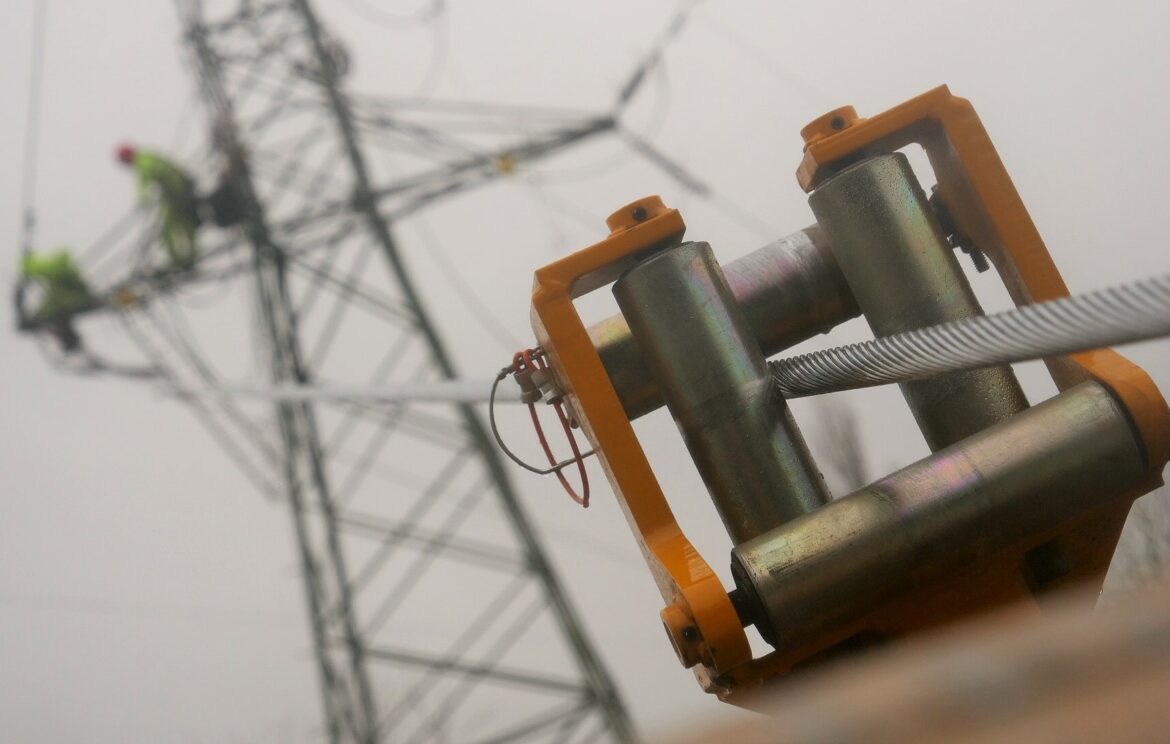An innovative technology using copper-silver alloys is being tested in the Polish Copper Belt. Low-loss power cables have been installed on the Polkowice – Rudna Zachodnia line. Their strength parameters and the actual increase in current carrying capacity are being tested. Losses in the transmission of electric power on the experimental section of the line are about 20 % lower.
The project is the result of combining science and business in a joint venture between KGHM Polska Miedź and a consortium of the AGH University of Science and Technology in Kraków, TeleFonika Kable and Łukasiewicz – Institute of Non-Ferrous Metals, which is co-financed by the National Centre for Research and Development under the CuBR Programme.
KGHM points out that the majority of overhead power lines in Poland are steel-aluminium conductors with cores that do not conduct or poorly conduct electricity. Meanwhile, copper has a high conductivity. This is the basis of the project, which successfully produced cores for electrical conductors based on copper-silver alloys that are characterised by high strength, high conductivity, high operating temperature, high current carrying capacity and low electricity transmission losses.
The innovative technology will allow the production of robust conductors, which will simultaneously enable the current carrying capacity of the line to be increased and transmission losses to be reduced. In the future, it can be used in the modernisation of electricity networks.
The consortium has developed a technology for producing high-strength cores for power cables. Approximately 1,500 kg of copper from KGHM was used for testing. After the laboratory analyses, the time came for field tests.
Both the concept and the materials used are unique in this case. Such conductors do not yet exist on the market. The production technology and conductor design have been protected by patents at home and abroad.
Adrian Andrzejewski





